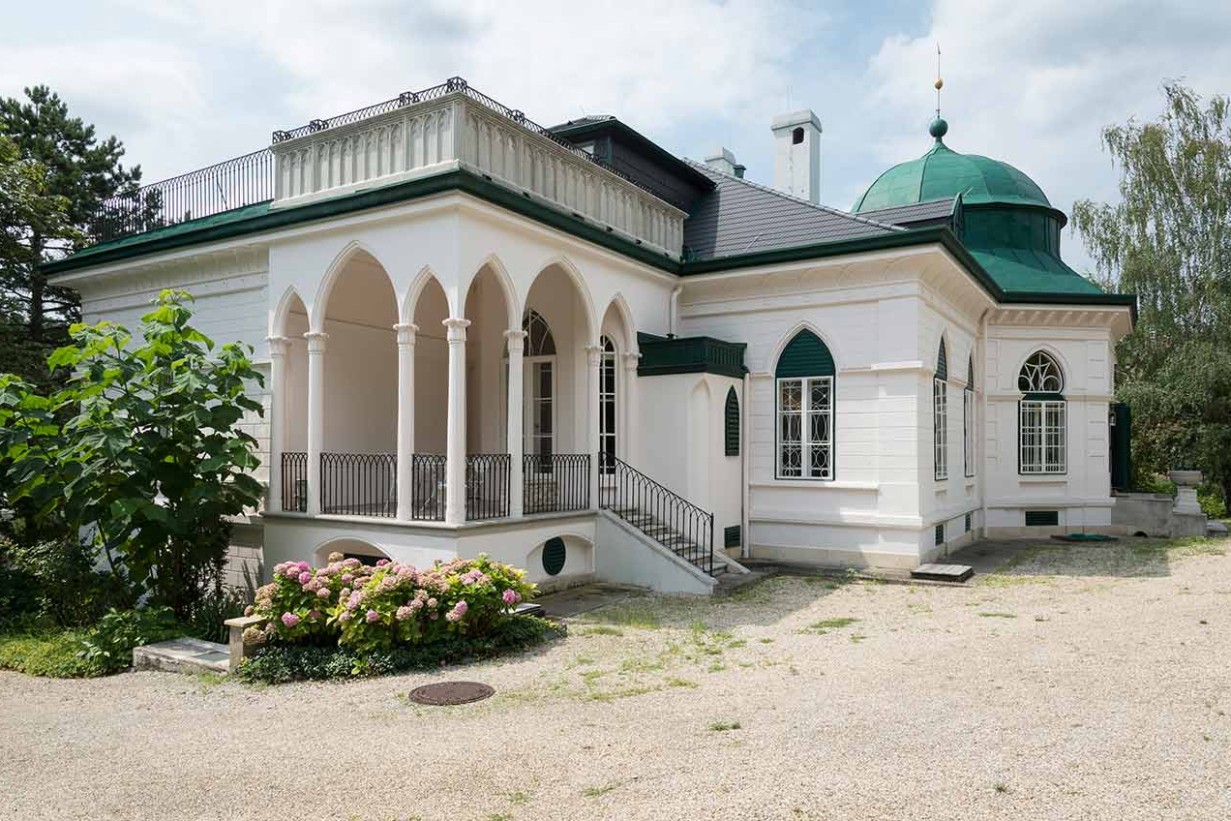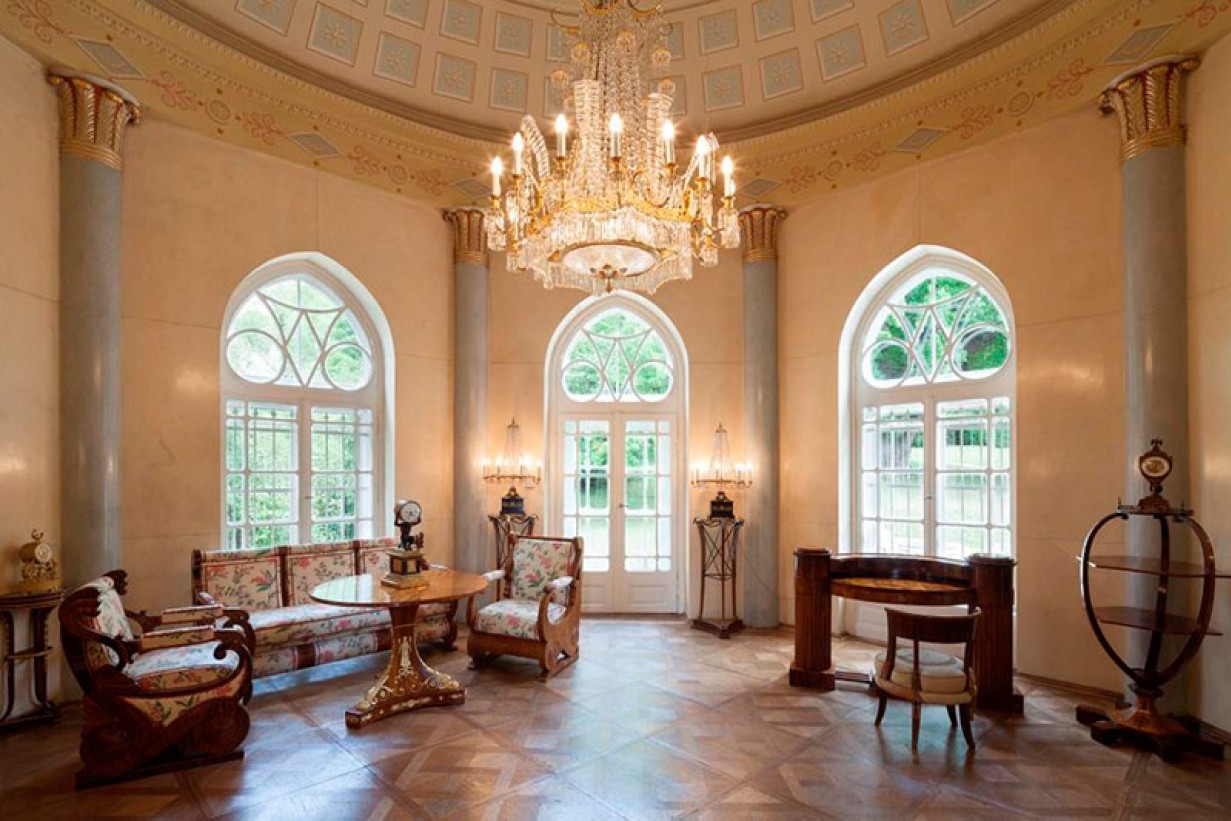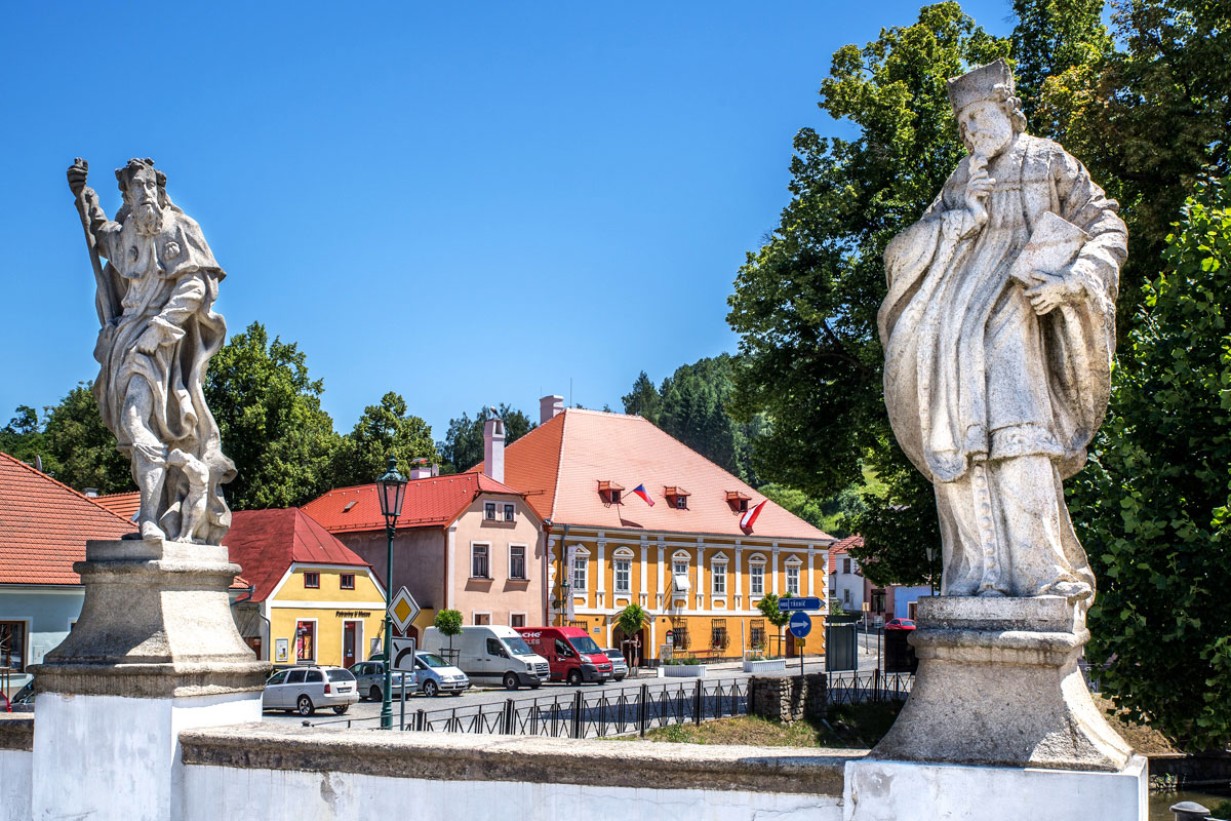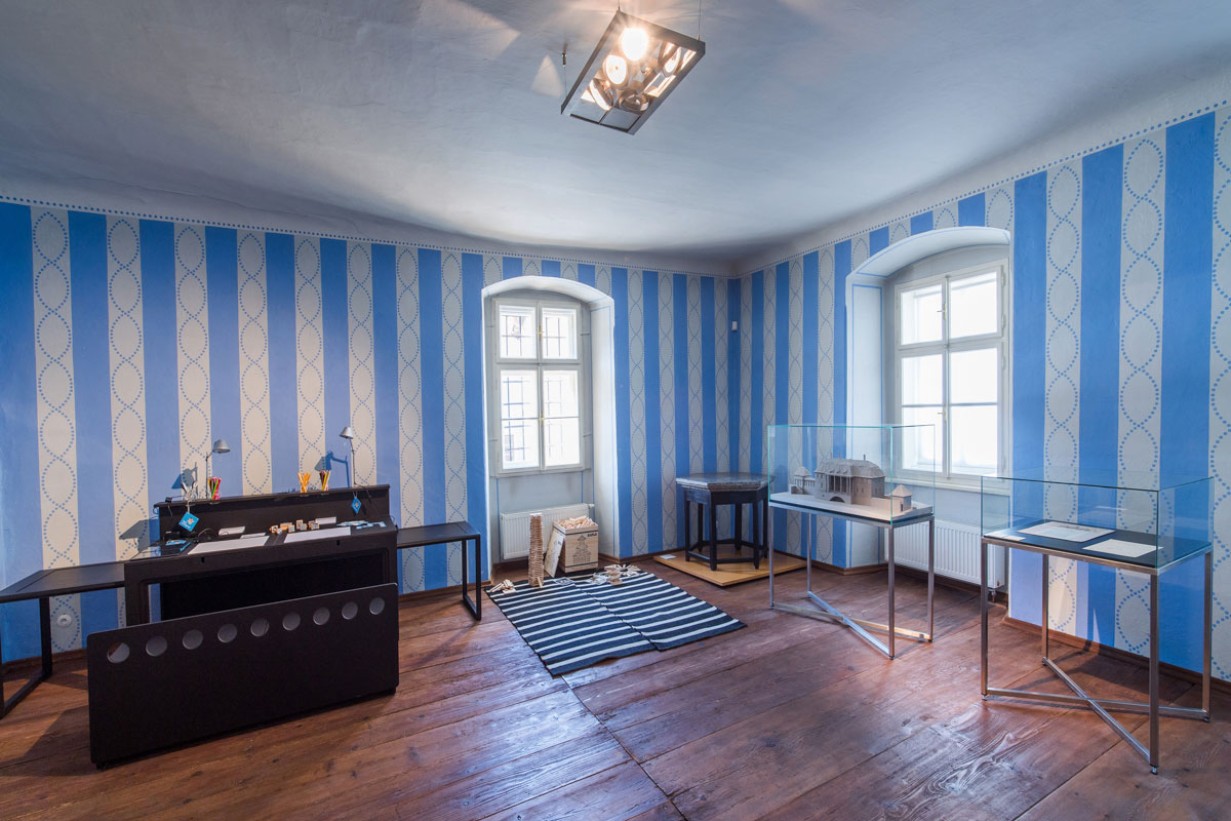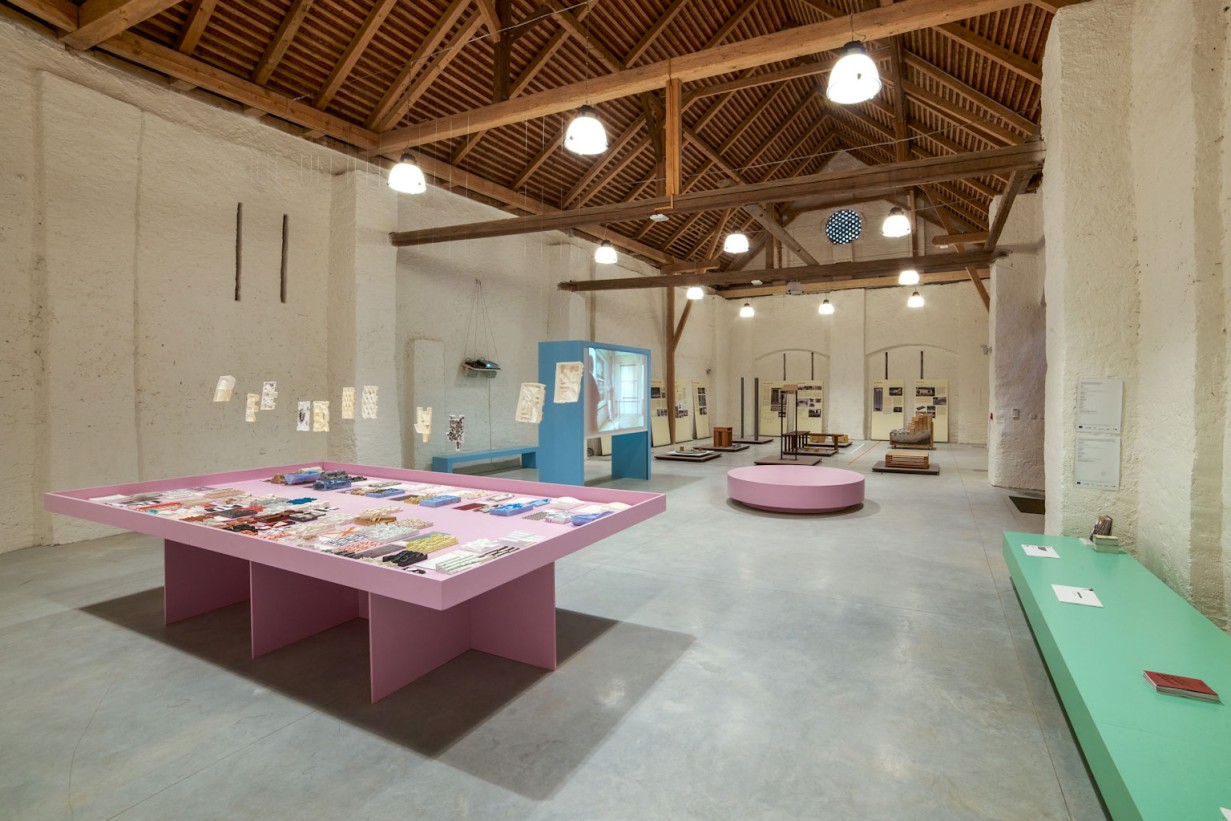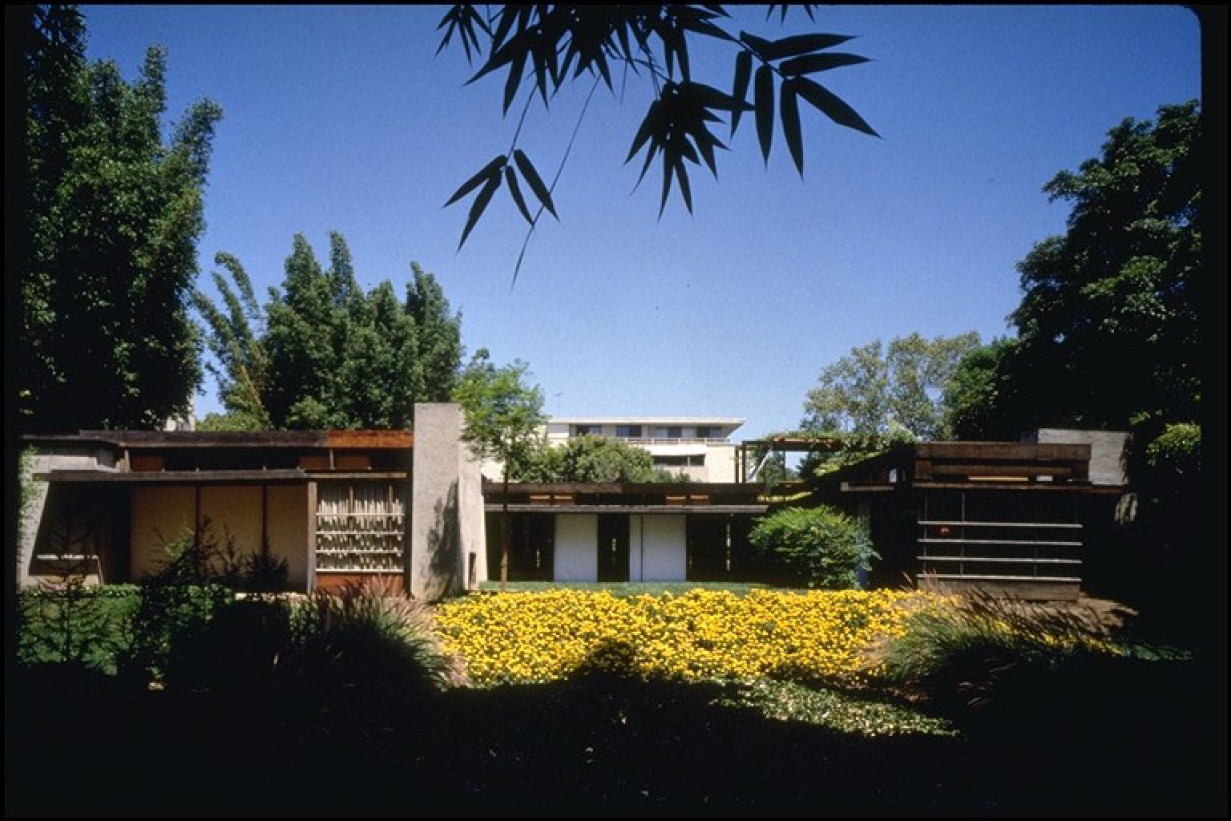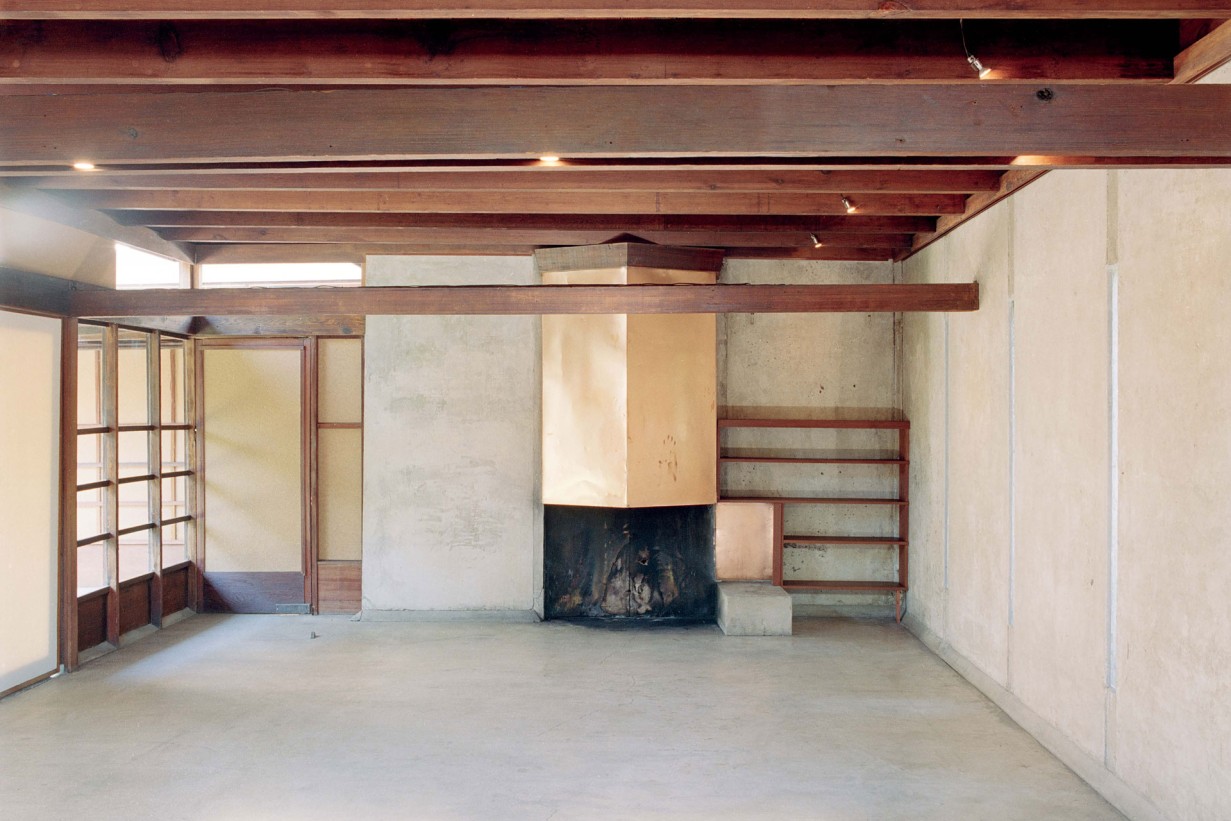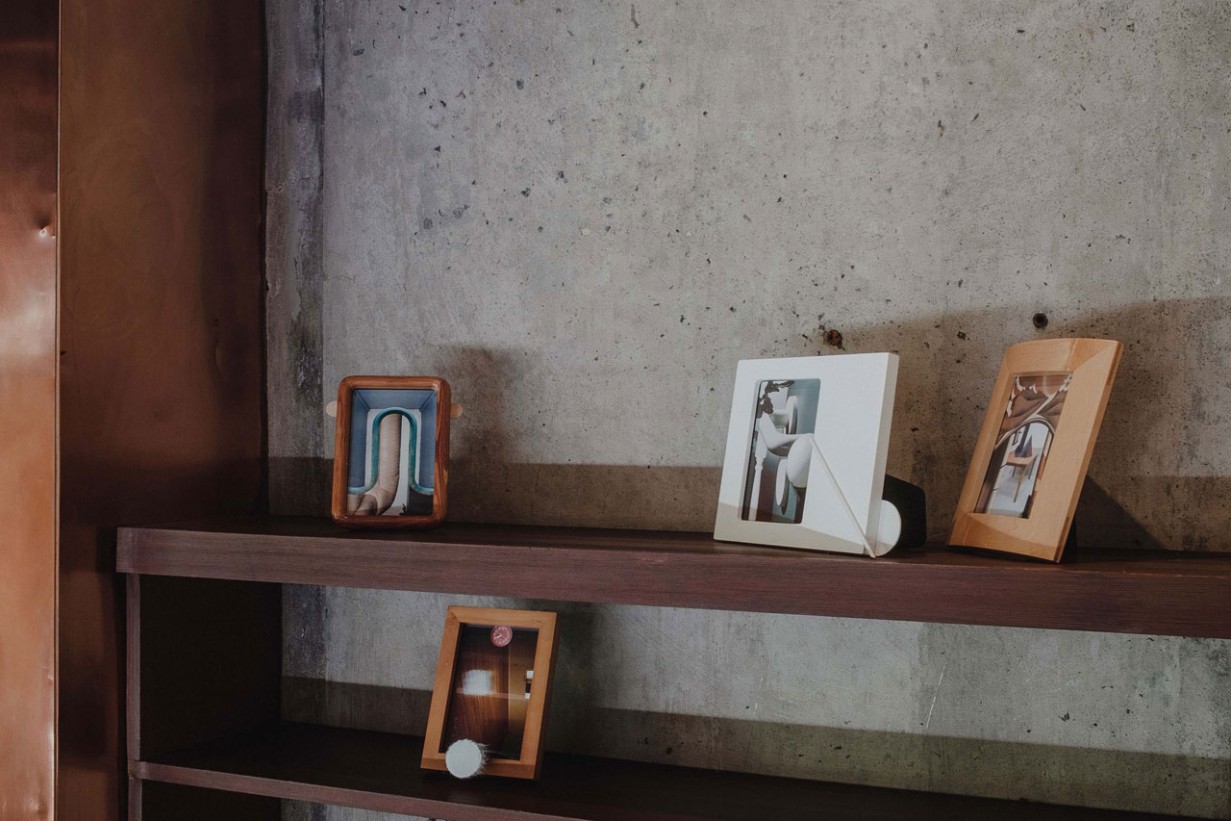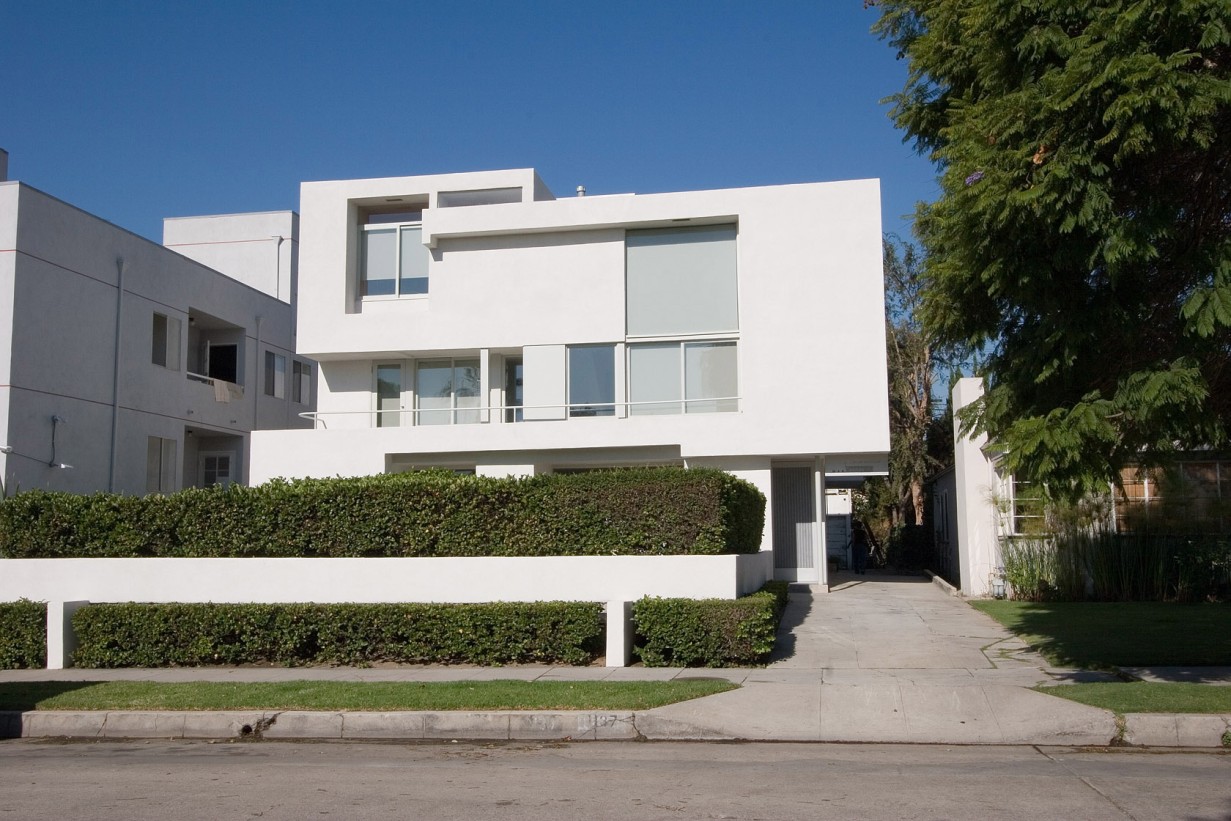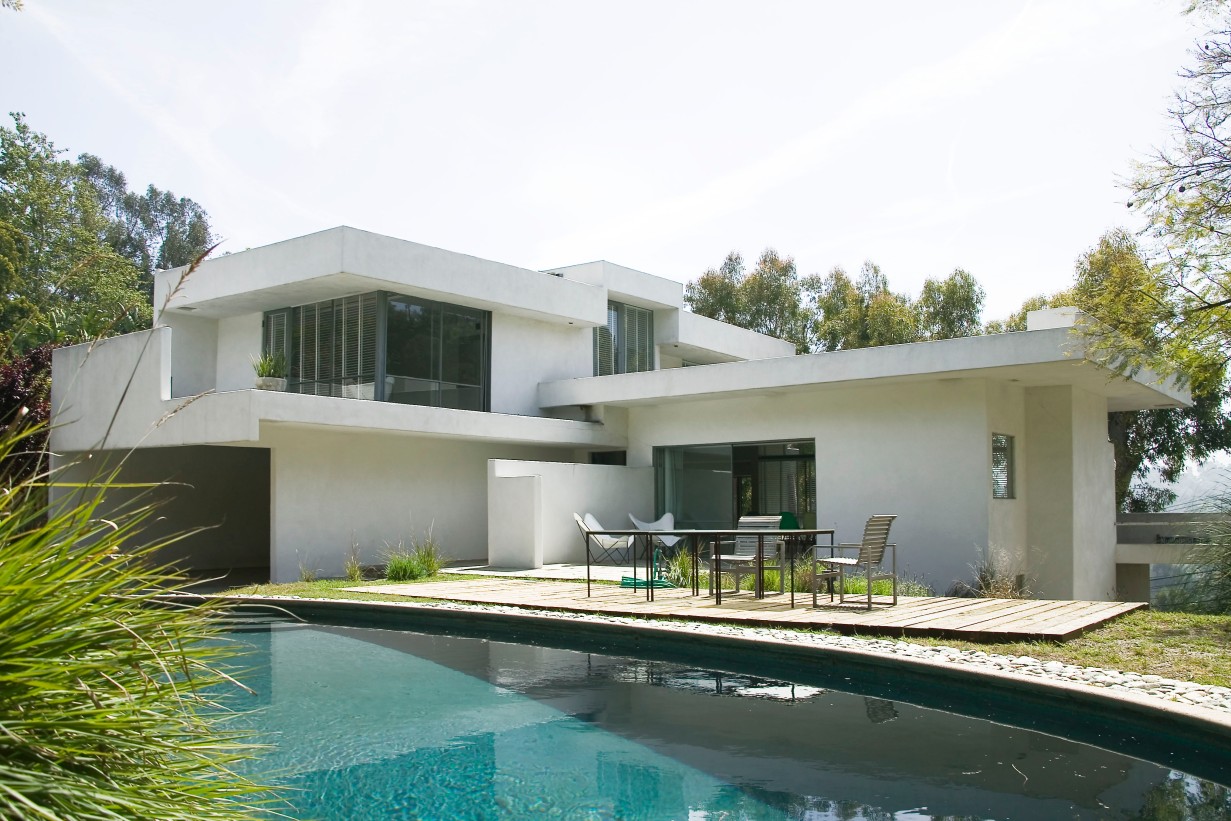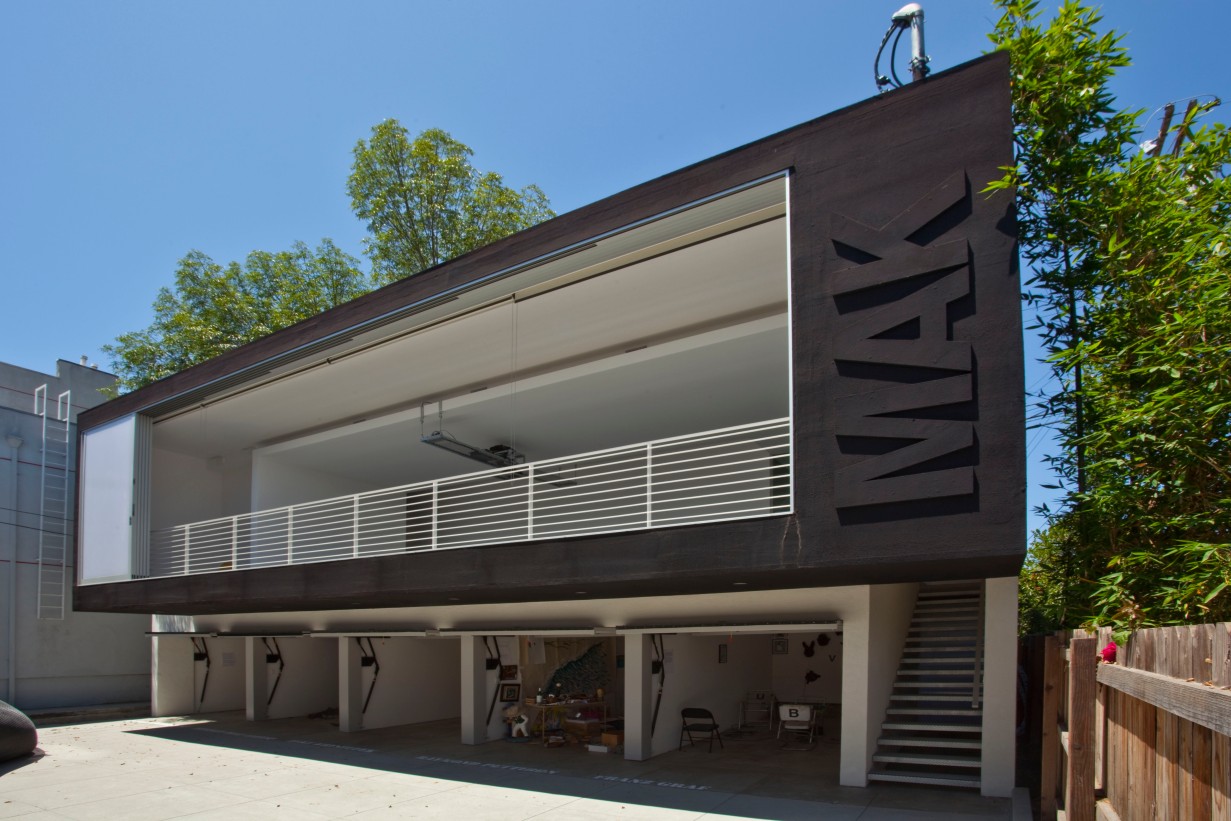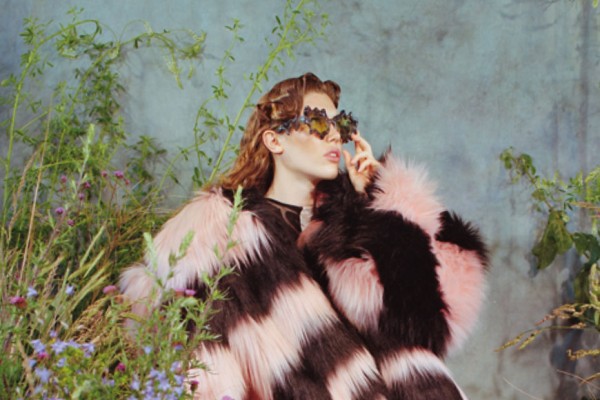
4.5.-3.11.
Sat+Sun 10 am–6 pm
Admission online
Admission on site
Free Admission
Under 19
Guided Tours
Directions in Google Maps.
Parking available, no barrier-free access to the building at this time.
Upcoming Events

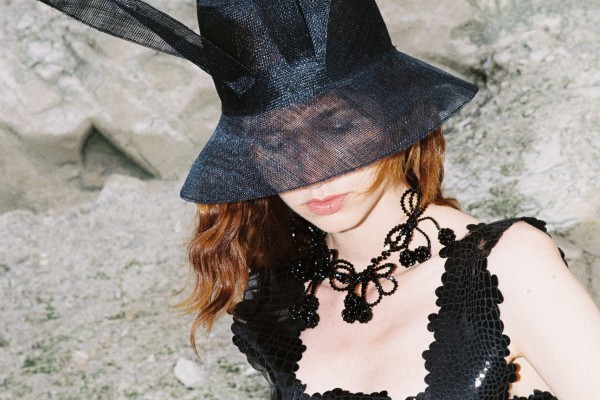

Josef Hoffmann Museum, Brtnice
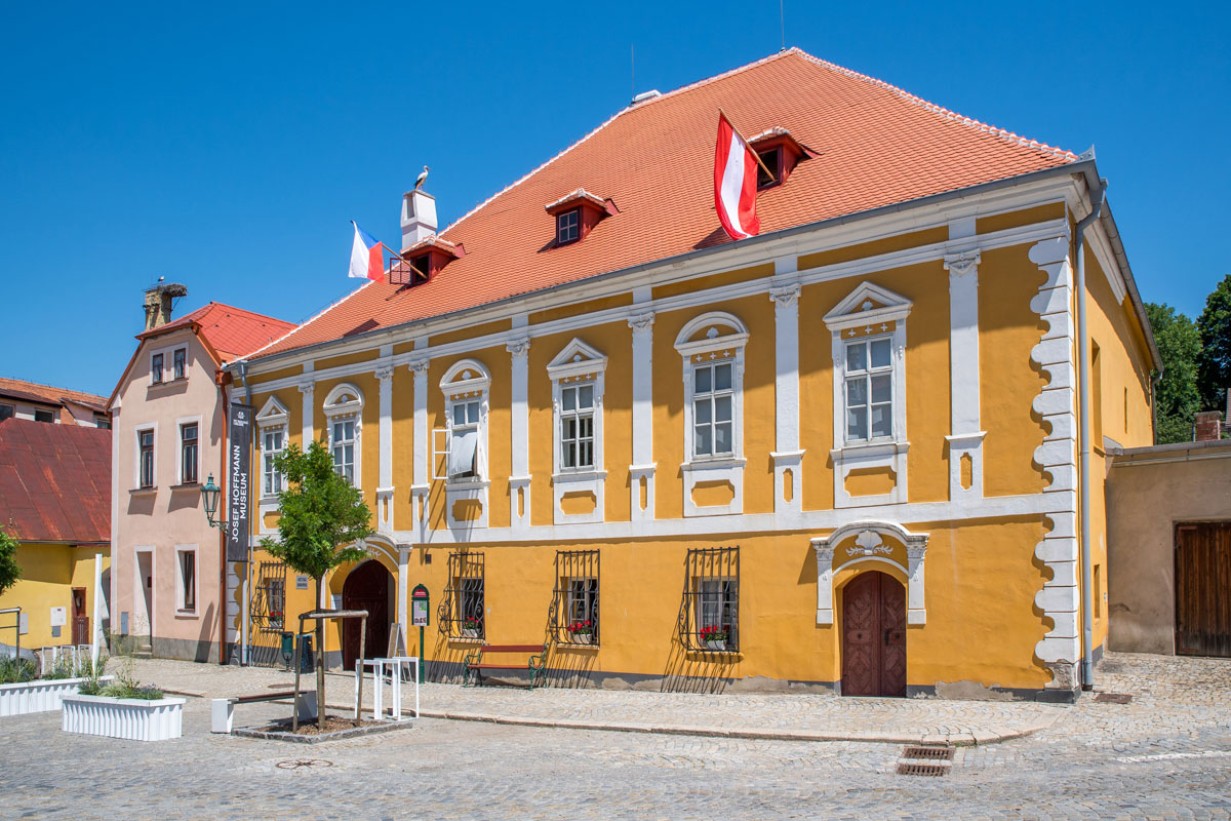
Tue–Sun 10 am–6 pm
Oct–Nov
Thu–Sun 10 am–6 pm
Dec
Sat+Sun 10 am–6 pm
only with prior notice via phone +420 724 543 722 or e-mail brtnice@moravska-galerie.cz
Mar–Apr
Sat+Sun 10 am–6 pm
and by appointment (please call)
Admission
Reduced
Free Admission
náměstí Svobody 263
588 32 Brtnice
Czech Republic
T +420 724 543 722
Rainald Franz
T + 43 1 711 36-220
josefhoffmannmuseum@MAK.at
MAK Center for Art and Architecture, Los Angeles
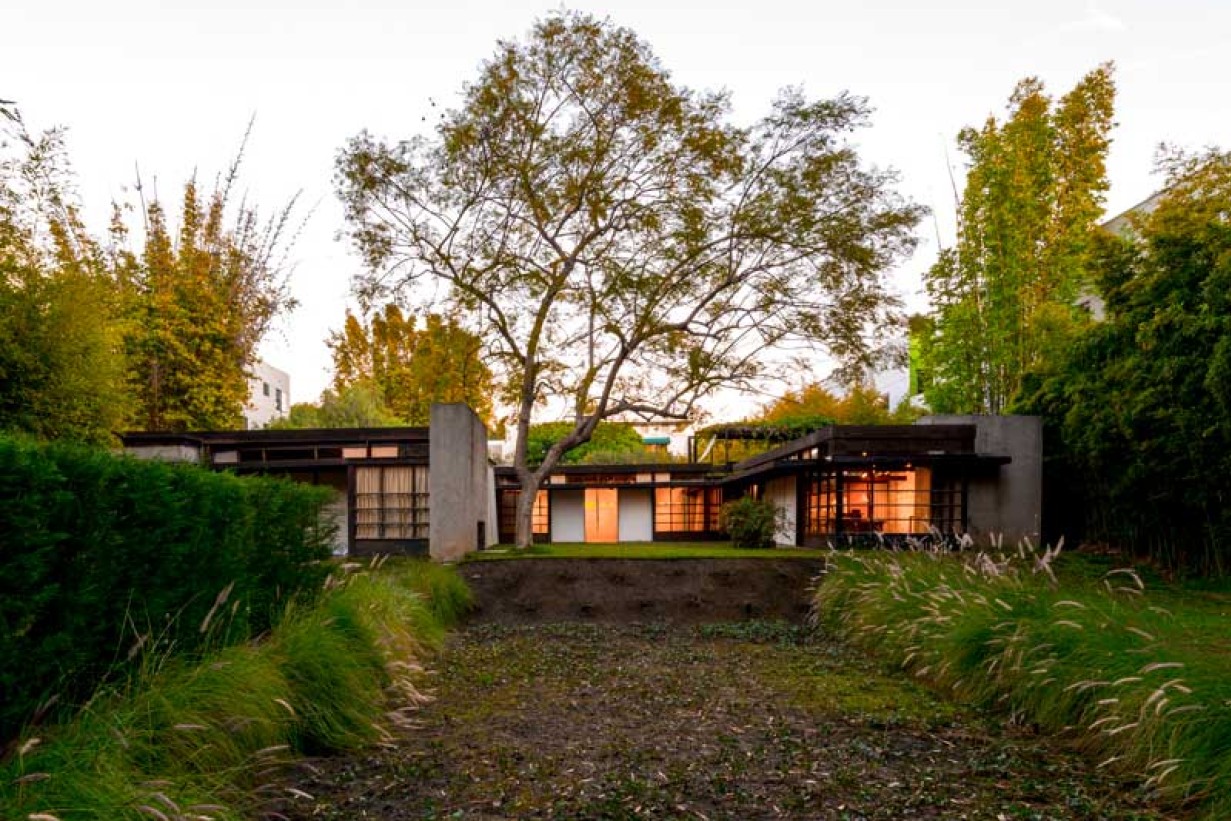
The MAK Center operates from the landmark Schindler House (R. M. Schindler, 1922) in West Hollywood, and the Mackey Apartments (R. M. Schindler, 1939) and the Fitzpatrick-Leland House (R. M. Schindler, 1936) in Los Angeles. Established as a Californian branch of the MAK in 1994 in cooperation with the Federal Chancellery of Austria / Arts Division and the Friends of the Schindler House, the MAK Center exemplifies an extraordinary strategy: the three Schindler Houses, milestones in the history of architecture, are used as exhibition and event spaces, as well as places of research, art creation and interdisciplinary dialog.
Schindler House
The Schindler House was designed and built by Austrian-American architect Rudolph M. Schindler in 1921/22 as a cooperative live/work space for two young couples. One of the earliest modern houses, it has influenced and inspired generations of architects worldwide. It redefined notions of public and private, and indoor and outdoor space; broke new ground in the design and construction of the modern dwelling; and became a site of forward-thinking aesthetic, cultural, and political activity throughout the 1920s50s.
Mackey Apartments
Located on a flat lot in a residential neighborhood, the originally four-unit (since converted to five) apartment building is one of a series of residential projects built by Schindler in the 1930s. Unlike international-style architects, Schindler seldom designed identical apartment units; his apartments are as complex, individual, and innovative as his houses. The Pearl M. Mackey Apartments possess typical Schindler characteristics: compact apartment layout, exceptional incorporation of natural light, built-in furniture, variable ceiling heights, and private outdoor gardens or mini-balconies.
Fitzpatrick-Leland House
After a major renovation, the Fitzpatrick-Leland House was generously donated to the MAK Center in 2007. It first served as a base for the MAK Center’s Urban Future Initiative (UFI), a two-year exchange for cultural thinkers from diverse nations to cultivate visionary conceptions of urban space (this fellowship program was funded by the US Department of State with $ 410,000). Since then, the Center has dedicated the house to small-scale events and the lodging of international cultural researchers visiting Los Angeles for artistic and scholarly pursuits.
The Exhibition Progam
It is the mission of the MAK Center to continue the conversation initiated by Schindler by generating local, national, and international projects that explore experimental ideas in modern and contemporary art and architecture. Programming includes exhibitions, lectures, symposia, performances, film screenings, concerts, publication projects, and site-specific new work commissions, often developed with guest curators, artists, and architects. Through interactive dialogue in response to shifts in discussion and practice within the arts and architecture, the MAK Center serves as a vehicle through which ideas are continuously tested and considered by a fluent and engaged audience.
MAK Artists and Architects-In-Residence-Program (Schindler Scholarship)
A core program of the MAK Center is the international MAK Artists and Architects-in-Residence Program housed at the Mackey Apartments in the Mid-Wilshire District of Los Angeles. Each year the Center offers two six-month residencies to a total of eight artists and architects from around the world, selected by a high-profile jury convened in Vienna. Resident artists and architects live and work in the renovated apartments, and conceptualize, compete, and present projects at the MAK Center in biannual exhibitions in March and September.
Closed Mon and Tue
Admission
Reduced
Free Admission
For children 13 and under
For MAK Center Members
MAK Center for Art and Architecture, Los Angeles
West Hollywood, CA 90069
USA
MAK Tower
Currently closed
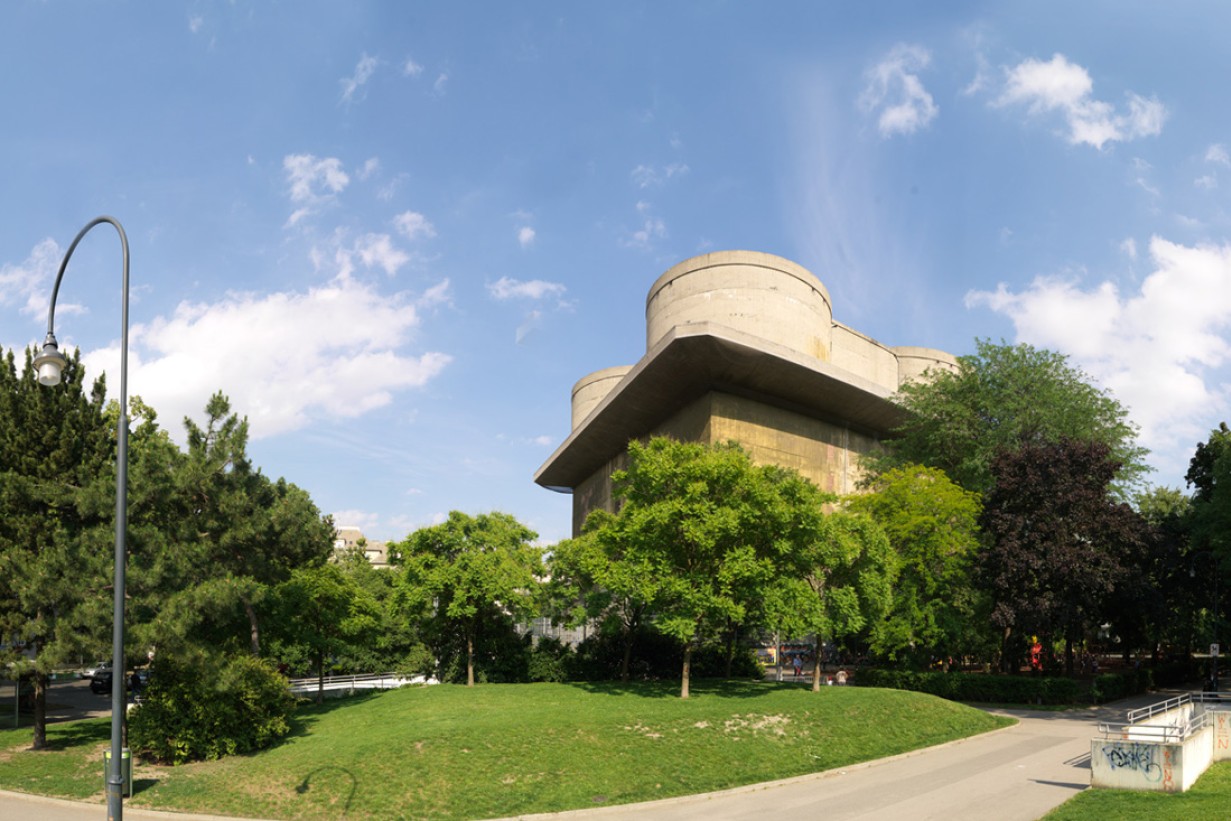
Dannebergplatz 6, Ecke Barmherzigengasse
